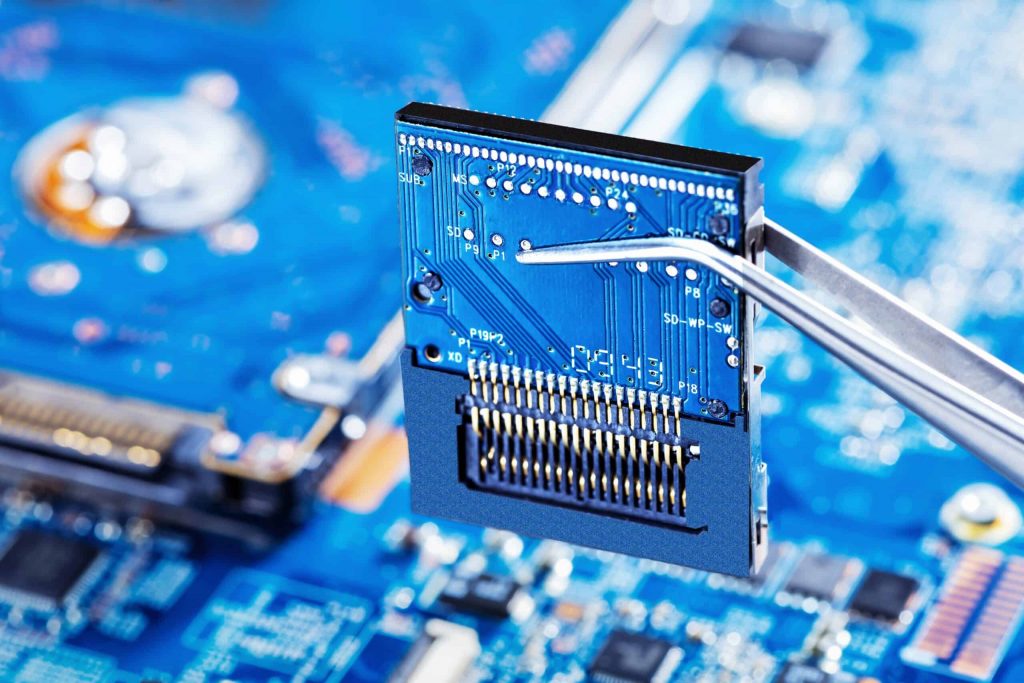In today's technologically advanced world, electronic devices have become an integral part of our daily lives. From smartphones and laptops to televisions and refrigerators, these devices surround us, making our lives more convenient and efficient. However, have you ever wondered what lies beneath their sleek exteriors? In this blog post, we will delve into the world of basic electronic devices, exploring their fundamental components, functionalities, and their significance in various industries.
- Understanding Basic Electronic Devices:
Electronic devices are essentially composed of several interconnected electronic components that work together to perform specific functions. These components include resistors, capacitors, diodes, transistors, and integrated circuits (ICs). Each component plays a crucial role in the overall functionality of the device. - The Role of Resistors:
Resistors are passive electronic components that regulate the flow of electric current within a circuit. They are used to control voltage levels, limit current flow, and protect sensitive components from damage. Resistors come in various types, such as fixed resistors, variable resistors, and thermistors, each serving specific purposes in different electronic devices. - Capacitors: Storing and Releasing Energy:
Capacitors store and release electrical energy. They consist of two conductive plates separated by an insulating material called a dielectric. Capacitors are commonly used in electronic devices to stabilize voltage levels, filter out noise, and store energy for short-term power backup. - Diodes: One-Way Traffic Controllers:
Diodes are electronic components that allow current to flow in only one direction. They act as one-way traffic controllers, ensuring that electricity flows in the desired direction within a circuit. Diodes are crucial in rectifying AC (alternating current) to DC (direct current), protecting circuits from reverse current, and generating light in LEDs (light-emitting diodes). - Transistors: The Building Blocks of Modern Electronics:
Transistors are semiconductor devices that amplify or switch electronic signals and electrical power. They are the building blocks of modern electronics, enabling the miniaturization and integration of complex circuits. Transistors are widely used in computers, telecommunication systems, audio amplifiers, and countless other electronic devices. - Integrated Circuits (ICs): The Powerhouses of Electronics:
Integrated circuits, also known as microchips, are complete electronic circuits etched onto a small semiconductor material. They contain thousands or even millions of transistors, resistors, and capacitors, enabling complex functionalities within a compact package. ICs are the powerhouses of modern electronics, driving advancements in computing, communication, and automation.
Conclusion:
Basic electronic devices are the result of intricate engineering and design, incorporating various electronic components to perform specific functions. Understanding the essence of these devices allows us to appreciate their significance in our lives and the industries they serve. From the humble resistor to the mighty integrated circuit, each component plays a vital role in shaping the technology-driven world we live in today.





More Stories
Performance, Application Scenarios and Selection of External Panel Materials for Outdoor Mobile Shelters
5 Game-Changing Tips to Supercharge Your Home Theater with a Universal Projector Remote
High-Efficiency Automotive Power MOSFETs Optimized for Electric and Hybrid Vehicles’ Powertrain Systems